

Contents
Editorial Board
Editors in chief: Li Xinhua, Gao Fu
Associate editors in chief: Feng Zijian, Liu Jianjun
Editors:
Li Zhongjie, Cui Ying, Wang Zijun, Feng Luzhao,
Qin Ying, Sun Chengxi, Mou Di, Zhang Jian
Sun Junling, Wang Lei, Zhang Li, Xia Hongwei
Yang Jian, He Bin, Su Xiaoge, Zhang Muli
Cheng Ying, Zheng Jiandong, Wu Yuan, Li Peilong
Guo Haoyan
Foreword
Viruses travel across borders. At present, the outbreak of COVID-19 is spreading exponentially across the world with multiple epicenters. In the face of this common challenge, all countries in the world should watch out for and help one another. As a responsible big country, China actively supports and participates in international cooperation to fight the epidemic, spares no effort to safeguard regional and international public health and security, and promotes the building of a community with a shared future for mankind.
This booklet is to disseminate knowledge about COVID-19 and to provide a clearer picture of the epidemic situation, so that people can stay calm, be better prepared, and protect themselves more effectively.
I. Coronaviruses and the Novel Coronavirus

What is the novel coronavirus?
Coronaviruses are a large group of viruses. They are known to cause diseases ranging from the common cold to more severe diseases such as the Middle East respiratory syndrome (MERS) and severe acute respiratory syndrome (SARS). The novel coronavirus (2019-nCoV, later known as severe acute respiratory syndrome coronavirus 2 or SARS-COV-2) first identified in Wuhan, China, is a new type of coronavirus that has not been found in humans before.
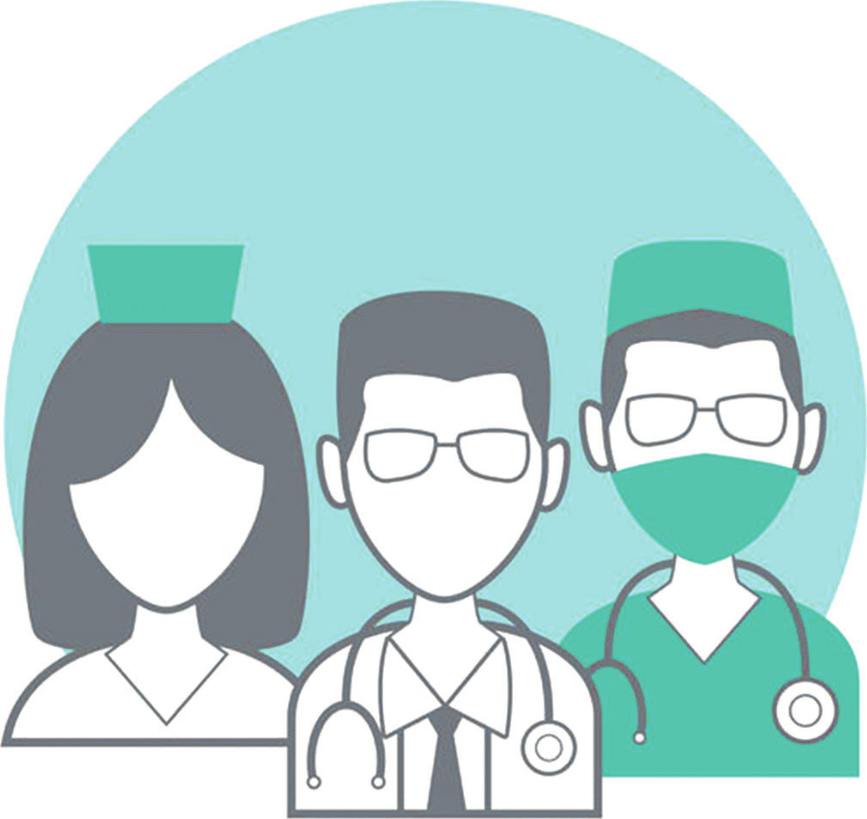

Does the novel coronavirus spread from person to person?
Yes. The virus mainly spreads via respiratory droplets and contact. There is a possibility of aerosol transmission in the case of long exposure to high concentration of aerosol containing the virus in a relatively closed environment. People are generally susceptible to the virus.
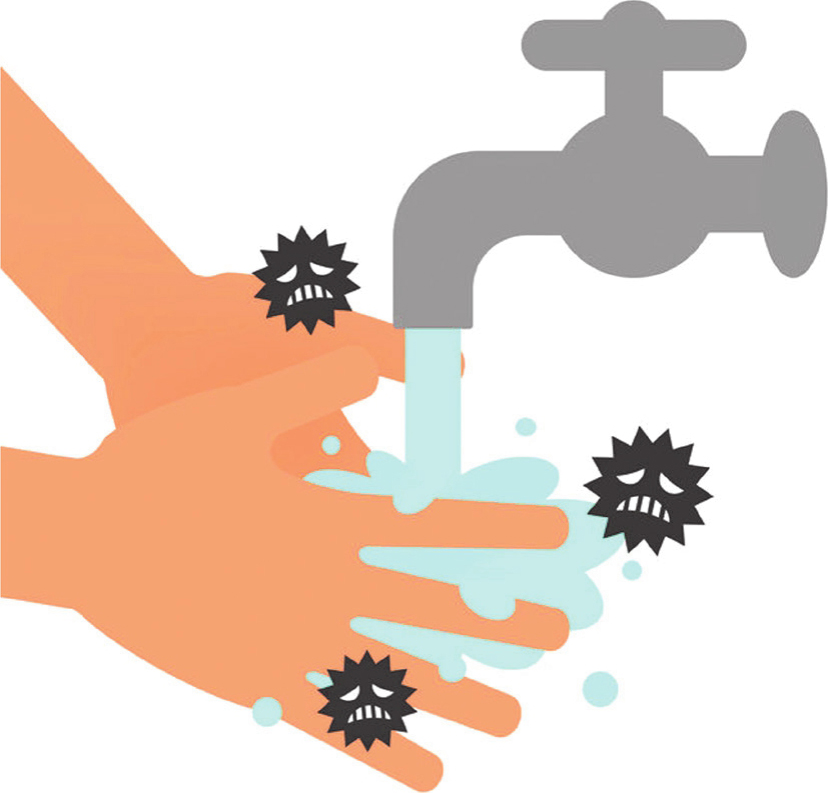
II. Coronavirus Disease

Transmission of the disease
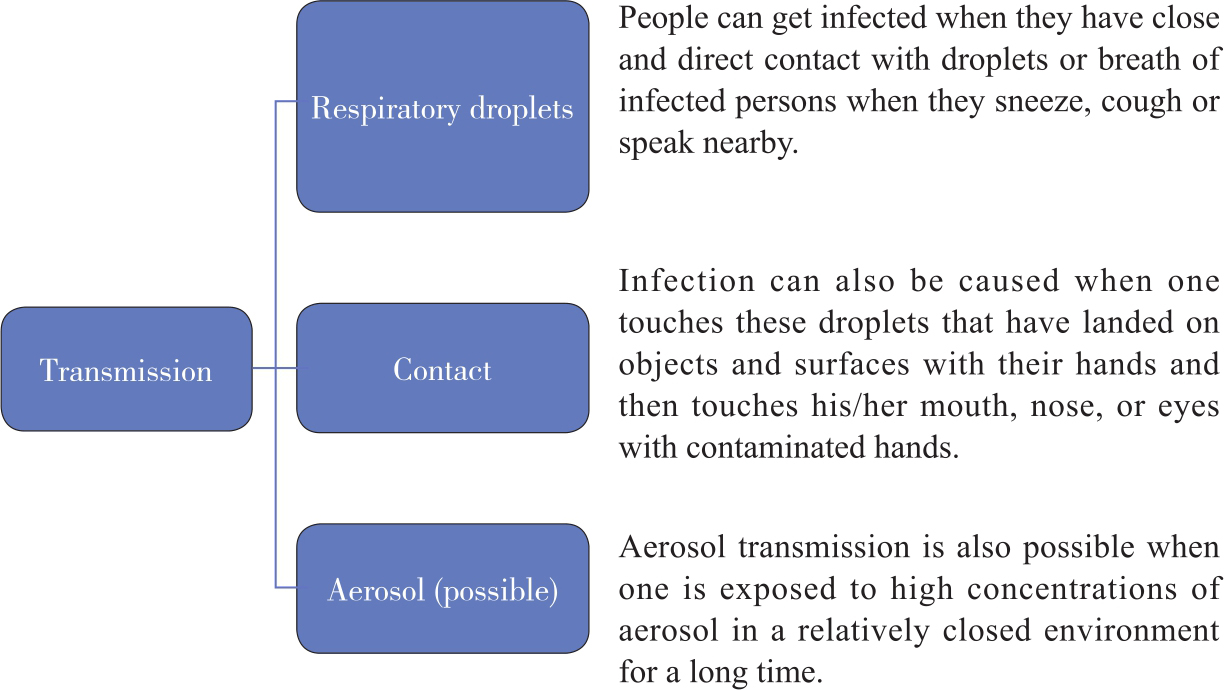
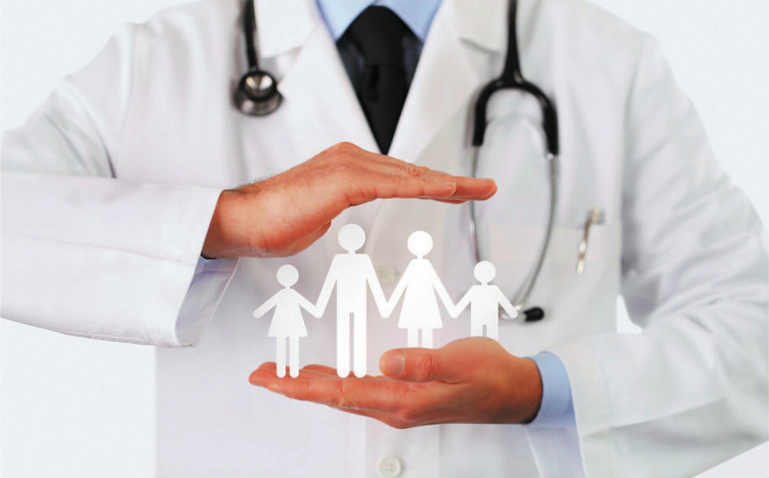

What are the symptoms of COVID-19?
According to the latest epidemiological studies, the incubation period for COVID-19 is 114 days, most commonly 37 days. Major symptoms include fever, dry cough and fatigue. Some patients may have nasal congestion, runny nose, sore throat, myalgia, or diarrhea. In severe cases, patients may develop difficulty breathing and/or hypoxemia around one week after the onset. Critical patients may see their symptoms progress rapidly to acute respiratory distress syndrome (ADRS), septic shock, refractory metabolic acidosis, coagulopathy, multi-organ failure, etc. It is worth noting that severe and critical patients may have had moderate to low fever, or even no fever at all. Their chest radiographs show multiple small shadowy patches and interstitial changes, especially visible in the extrapulmonary bands. Later, the patients develop multiple ground-glass opacities in both lungs. Severe cases suffer pulmonary consolidation while less pleural effusion. Mild cases may only have low fever and mild tiredness, without any sign of pneumonia.
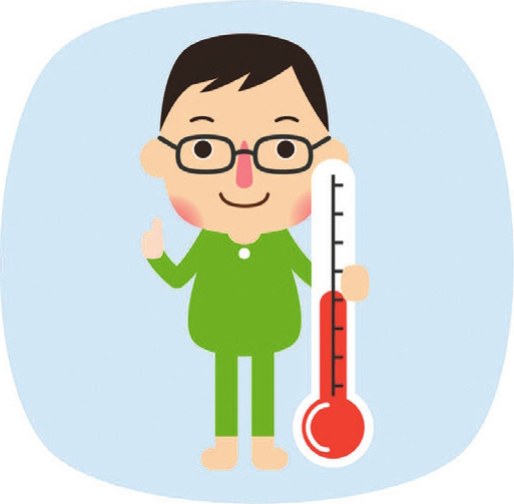

What are close contacts?
Close contacts refer to people who have had close and unprotected contact (within one meter) with suspected or confirmed cases two days before the onset or before the test in the case of asymptotic infection. Specific situations are described as follows:
1. People who live, study, work together with a suspected or confirmed case, or a person with asymptotic infection, or have close contacts in other ways such as working close to each other, sharing the same classroom or living in the same housing space.
2. Medical staff, family members, or other people who treat, take care of, or visit a suspected or confirmed cases or a person with asymptotic infection, or have had close contact in other similar ways, such as paying a visit or staying with the person in a closed environment; other patients in the same ward and their caregivers.
3. People who share the same transportation vehicle and have had close contact with a suspected or confirmed case, or a person with asymptotic infection, including caregivers, peers (family, colleagues, friends, etc.), or other passengers and flight attendants found likely to have had close contact with the person through investigation and evaluation. Depending on the means of transportation, specific guidelines for determining close contacts are given as follows:
(1) For civil aircraft, close contacts include:
a) Under normal circumstances, passengers in the same row and three rows in front of and three rows behind the infected person's seat in a civil aircraft cabin, as well as flight attendants who provide cabin services in the area;
b) All passengers in the cabin of civil aircraft with no HEPA filter; and
c) Others who are known to have had close contact with the infected person shall also be considered close contacts.
Other passengers on a normal civil flight shall be regarded as general contacts.
(2) For a railway passenger train, close contacts include:
a) On a fully enclosed air-conditioned train, all passengers and crew members in the same hard-seat or hard-sleeper car, or in the same compartment on a soft-sleeper train, with the infected person;
b) On a non-fully enclosed train, passengers in the same soft-sleeper compartment, or those in the same and adjacent compartments of a hard-seat or hard-sleeper car, and crew members serving the area; and
c) Others who are known to have had close contact with the infected person.
(3) For a car or bus, close contacts include:
a) All passengers traveling in the same enclosed air-conditioned bus with the infected person;
Next page
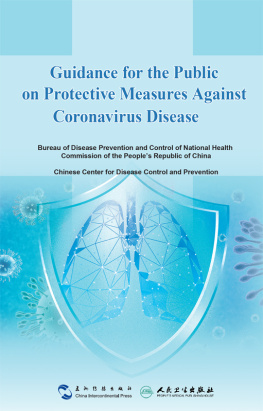
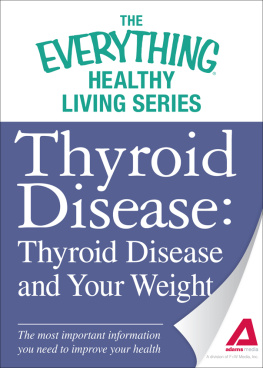


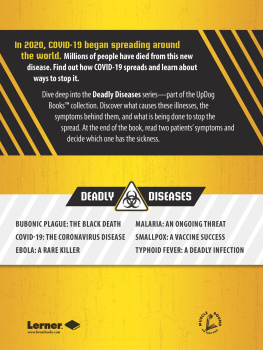
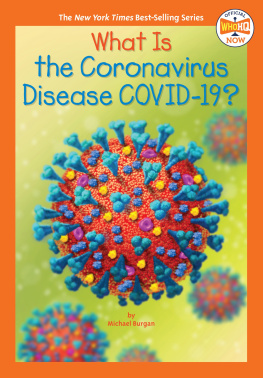
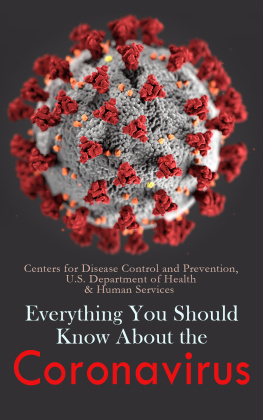

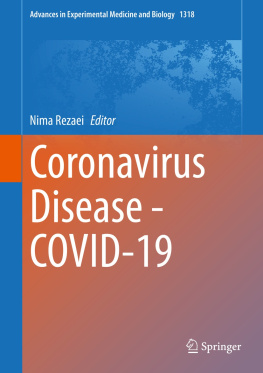






 What is the novel coronavirus?
What is the novel coronavirus?
 Does the novel coronavirus spread from person to person?
Does the novel coronavirus spread from person to person?
 Transmission of the disease
Transmission of the disease

 What are the symptoms of COVID-19?
What are the symptoms of COVID-19?
 What are close contacts?
What are close contacts?